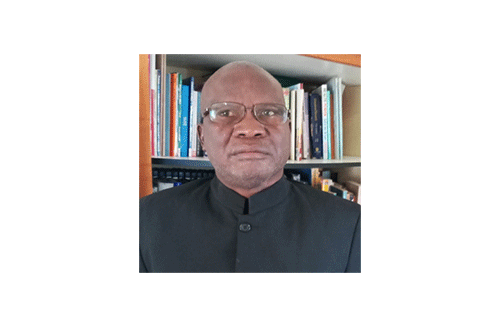All the roads will lead to Chinchimane traditional Village on Sunday, 2 October 2022, when the Mafwe ethnic group will be celebrating 41 years of Lusata traditional mace. The mace, referred to as Lusata, has symbols signifying the important cultural unity of the Mafwe.
The ceremony was initiated during the reign of Litunga Richard Temuso Muhinda Mamili V in 1981, with the sole aim of uniting the Mafwe linguistic categories.
Carved out of a large piece of solid ivory, the Lusata displays everything about the Mafwe under one Head One Leader and their culture. All linguistic categories participate in the ceremony every year. As per Civic Education, culture refers to the whole way of life of a group of people. It is also the total of behavior, which people have learned over a period of time and defines ways by which people do things.
Article 19 of the Namibian constitution states that every person shall be entitled to enjoy, practise, profess, maintain and promote any culture, language, tradition or religion subject to the terms of the Constitution and further subject to the condition that the rights protected by the Article do not impinge upon the rights of others or the national interest.
But cultural heterogeneity which refers to a society that contains a variety of groups of different races, beliefs, religions and languages is important in Namibia and should promote cultural pluralism, and in turn, recognises and respects the contributions of various cultures to the whole nation.
In Zambia, for example, the head of state makes sure he graces every cultural ceremony in an attempt to forge national unity among all ethnic groups. According to Matjila (2016) Lusata LwaSicaba the traditional mace displays the following symbols:
The elephant (Tou) on top is the symbol of power and authority of both the Litunga and the Mafwe which was handed down through the ages from generation to generation, from the time of the Barotse Kings to the present generations. The symbol of the elephant belies its gentleness, strength and wisdom when dealing with problems of the African plains and forests.
The claws of the leopard are the four directions where the Mafwe are found signifying the area inhabited by the Mafwe community in relation to other people. The claws of the leopard signify power and strength and the Litunga wears leopard skin on traditional feast day occasions. The woven tree symbolizes the people and the Khuta welded as one under their Litunga. The tree signifies the intertwining and twisting of the linguistic categories around one another into one stem, which is the Mafwe traditional authority.
The flying eagle symbolises the Mafwe community rising high, while the elephant is a sign of the strength and generosity of the community.
Maize and other agricultural products under the interwoven trees and the people are food products in the Mafwe traditional area: mbonyi (maize), mauza (millet), makonga (sorghum) and other products. These products represent the occupations of the people through cultivation and at the same time serve as staple foods of the region.
The hardwood, (black ebony) (mukelete) is the elephant of the trees in the Mafwe area and is as hard as stress come. With the elephant, the people and everything on top, the mekelete is anchored to the soil, and so is everything else. The whole Lusata has grown out of the mukelete tree. The Mafwe people are the children of nature, anchored to it with their roots from the beginning of time. Nature is respected, and people must get permission to cut trees, hunt and plough certain places.
The mortar signifies the traditional grain stamping, which nourishes and feeds the Mafwe community. Articles of cattle, maize, millet, grain sorghum, ivory and trees are the wealth of the Mafwe people. The wooden shaft on the Lusata is priceless and from it handles for axes and spears are made.
The Lusata Profile is all embodying of the Mafwe people and their traditional authority, which is the parent of everyone and does not discriminate against any member of this group or anyone else. The Litunga should be apolitical and should not influence or prescribe to any party of his people which political party to join.
What is interesting to note is the presence and operations of the Mafwe traditional administrative structures. These structures serve as institutions, which instil in the minds of the Mafwe the sense of fair administration and political awareness. They also enhance the spirit of equality and justice in terms of fair judgment.
In addition, they assess the welfare of the Mafwe community that whoever feels offended by another member of the community, knows the procedures to follow to find redress. The structures ensure that any corrupt practice should be nipped in the bud. Above that, the khuta members at all levels are not passive listeners, but critical council members especially where the chief goes wrong. This is demonstrated by the fact that many times the chief consults his council before taking any major decision affecting the Mafwe.
All these activities are geared towards a moral obligation and education among the Mafwe youth. Instilling a democratic culture among the Mafwe youth, means encouraging debates about issues affecting the Mafwe community, reminiscent of Socrates’ discourses in the streets of Athens during his time.


